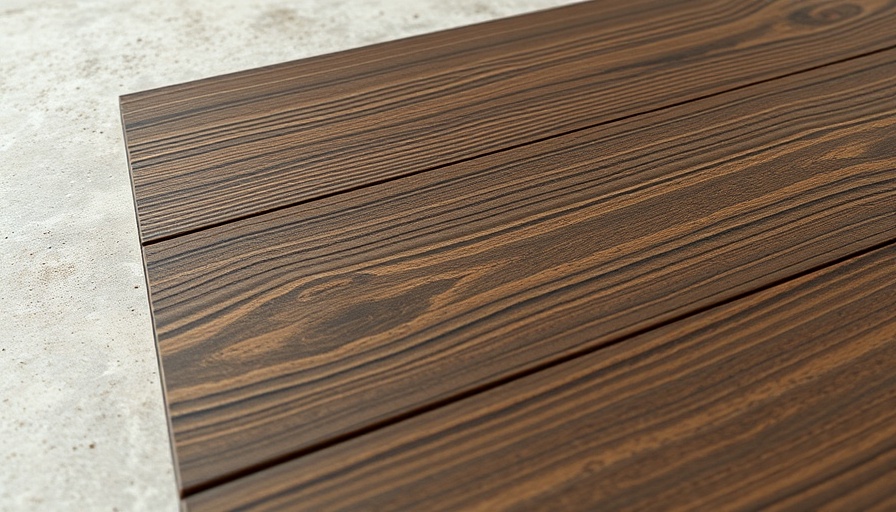
Transform Your Home with Tongue and Groove Flooring
For homeowners looking to elevate their living spaces without breaking the bank, tongue and groove flooring offers an elegant and cost-effective alternative to traditional hardwood. Unlike the hefty price tag and complex installation associated with solid wood floors, this type of flooring provides a warm, inviting atmosphere that’s both accessible and stylish.
Understanding the Basics of Tongue and Groove Flooring
Tongue and groove flooring is a method where planks are designed with a protruding piece, called a tongue, that fits snugly into a slot, or groove, on the adjoining piece. This interlocking design simplifies the installation process—making it a popular choice for DIY enthusiasts. Homeowners appreciate the flexibility of the floating installation method, which allows the planks to rest on an underlayment versus being glued or nailed to the subfloor. This characteristic not only speeds up the installation but also allows for easier removal should you decide to replace them down the line.
Types of Tongue and Groove Flooring: Which One Is Right for You?
There are three primary types of tongue and groove flooring—solid wood, engineered wood, and laminate. Solid wood flooring offers a classic look and is sturdily built, commonly used in older homes, basketball courts, or any space where resilience is crucial. It can be a worthwhile investment, as it can be refinished multiple times over the years.
Engineered wood flooring, made from layers of plywood glued together with the top layer resembling real wood, delivers stability in fluctuating climates and does not warp as easily as solid wood. Laminate flooring, while not real wood, provides an affordable option that mimics the appearance of hardwood without the maintenance concerns.
The Installation Process: What to Know Before You Start
Before you embark on your flooring project, preparation is critical for a flawless finish. Begin by assessing your subfloor to ensure it is clean, level, and dry. A quality underlayment with vapor barriers can safeguard your new flooring from moisture damage. Next, carefully measure the space to determine how many planks you’ll need, accounting for waste during cuts.
As you gear up for the installation, consider choosing high-quality materials for durability, especially if you have children or pets. The thickness of your flooring planks will impact both durability and look; thicker planks usually provide a more luxurious feel.
Benefits of DIY Tongue and Groove Installation
Embarking on a DIY flooring project not only saves you money but also empowers you to create your dream space. Many homeowners find that the satisfaction of completing a project themselves enhances their connection to their home. Plus, it’s an opportunity to learn new skills and potentially take on larger home improvement projects in the future.
Common Missteps to Avoid
While installing tongue and groove flooring is simpler than most hardwood installations, common pitfalls can lead to frustration. One major error is neglecting to acclimate the flooring. Allow the planks to sit in the room where they’ll be installed for at least 48 hours so they can adapt to local humidity and temperature conditions. Not doing so may result in warping or buckling once installed.
Additionally, don’t skimp on your measuring process. Always measure twice before cutting to prevent wasting materials. A good saw is essential for making precise cuts that will interlock smoothly.
Future Considerations: What Lies Ahead
As flooring technology improves, options like bamboo and sustainable materials are becoming appealing alternatives for eco-conscious homeowners. These materials not only promote sustainable living but also offer unique aesthetics that can enhance your home’s décor.
Your flooring choice can also affect your home's value; investing in high-quality tongue and groove planks may appeal to future buyers and elevate your property’s market appeal.
In Conclusion: Take the Leap!
Whether enhancing a dull living room or transforming your kitchen, tongue and groove flooring offers an ideal solution for those seeking beautiful and resilient flooring on a budget. Preparation is key, and when done right, the installation process can be an enjoyable experience that brings you closer to your home. Why not grab the tools and jump into this rewarding project? Your new floors await!
 Add Row
Add Row  Add
Add 




Write A Comment